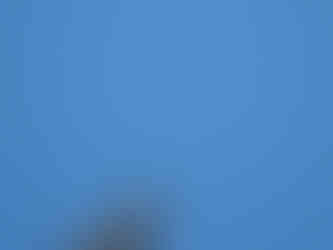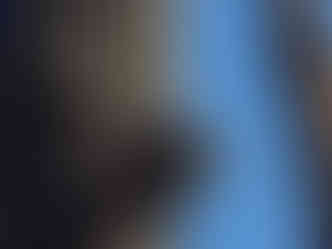WILDLIFE PHOTOGRAPHY PROTIPS
- Avery D. Standard

- Sep 8, 2019
- 4 min read
Updated: Jan 1, 2020
1: Know your Subject
A good start to photographing an animal is to research it, knowing things like when the animal comes out or what it eats can help you find it. For example, I know that anoles typically hideout in crevices during noon, so I should probably start looking in the morning, which is when they will be sunbathing.
2: Telephoto
It’s best that you use a telephoto when photographing animals. It can be difficult taking pictures of animals up close, so photographing from a distance may be necessary. This means you will have to use a telephoto lens to zoom in to the animal. By doing so, you get a good picture without disturbing the animal.
3: Tripod Dos and Don’ts
A tripod is only good when you're trying to photograph an animal that is sitting still or moving slowly, such as an egret on a lake. If you're trying to photograph a fast moving subject, it’s best that you try to hold the camera yourself. If you are trying to film the animal, I recommend the same thing. Some softwares will auto-stabilize video to make it appear level. I typically do this when filming over a long distance.
4: Lighting
Lighting is a key element to any photo. One thing that can really hurt an image is flash. If you plan on photographing animals, it’s best that you leave the flash off. Otherwise, it brings in too much light and contrast, if you’re not careful it can make the subject look like a prop. If it’s necessary to use it, use an off camera flash and set it off to the side of your camera . Then, turn the flash about 45 degrees towards the camera. This will add depth and drama to your image. If you just want some good lighting, set a dim, sof. light near the subject. Another good element to a photo is to shoot into the sun. To add a warm effect and infuse graphic design, shoot the animal in front of the sun. The silhouette and rays make a dramatic image. Another vital factor to an image is to make sure there is no high exposure in the background. If there are patches of bright sky or sunlight in the background, it will distract the viewer from the actual subject.
5: Color
Look at these two photos and choose which one you like more. You probably chose first one. The Green Anole stands out much more than the raven because both the subject and the foreground are brightly colored. It is more appealing to look at a brightly colored animal than one that is dull or dark. However, if you want a more dramatic or threatening image, you should lower the saturation, brightness and raise the contrast. This is great for snapping turtles or other large reptiles.
6: Shutter speed
Shutter speed is an important factor in photography. For fast moving objects, go ahead and raise the shutter speed, but be careful, using high shutter speed simply means that the camera will fire the lens for a shorter amount of time, which can change the amount of light absorbed into the image. This is something I had only realized recently. Look at these two images.


The first, a Red-Bellied Woodpecker was photographed with a lower shutter speed than the Tufted Titmouse which I left on full power. The background also looks much softer. As a digital photographer, it is important that you leave a background as non-distracting as possible. The green behind the woodpecker is hard to distinguish as any particular object, and is therefore left alone. The Titmouse's background is sharper and you can tell that it is by some kind of shrub rather than a tree or a branch. Another problem with this image is that I tried to crop out the fence it was sitting on, (see below) making it uncomfortable for the viewer.
7: Pose
Another key element to any wildlife photo is that your subject can be looked at comfortably. As an example, I give you one of my most awkward photos yet. I can be sure that this image was quite surprising, which is not what you want. You want the viewer to be able to look at the picture without changing angle or being confused. The tongue in this picture makes it seem unprofessional, or even stitched together. Also note the shutter speed made the fur look more grainy.

The vulture was taken good lighting, focus and shutter speed. However, I had a hard time keeping the camera steady while zoomed in at a long range. As a result, all that was captured was the vulture's wing. Image two, yes, the same woodpecker, was difficult because
the subject kept darting into a hole to snatch insects. Another thing to keep in mind is making sure that the entire subject is in the image. The anole is appealing to view because you can easily look at most of the subject, while the titmouse literally sits on the bottom edge of the photograph and only shows part of the animal's feet.
8: Keep the Eyes Sharp
Eyes are one of the top priorities of photography. Keeping them sharp and level with the camera will instantly improve your photograph. The anole makes a much better image than the woodpecker because you can see its eyes with good clarity. In the woodpecker image the eyes are only partially visible.

.png)











Comments